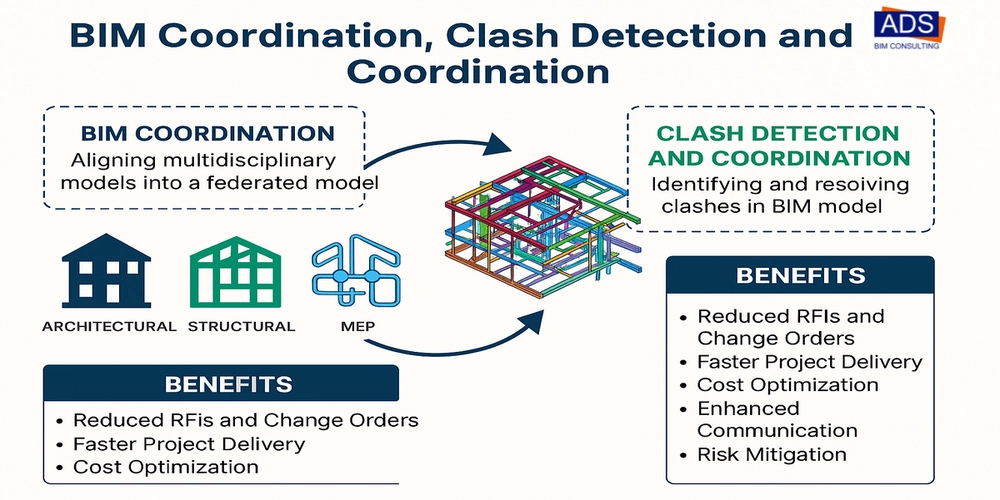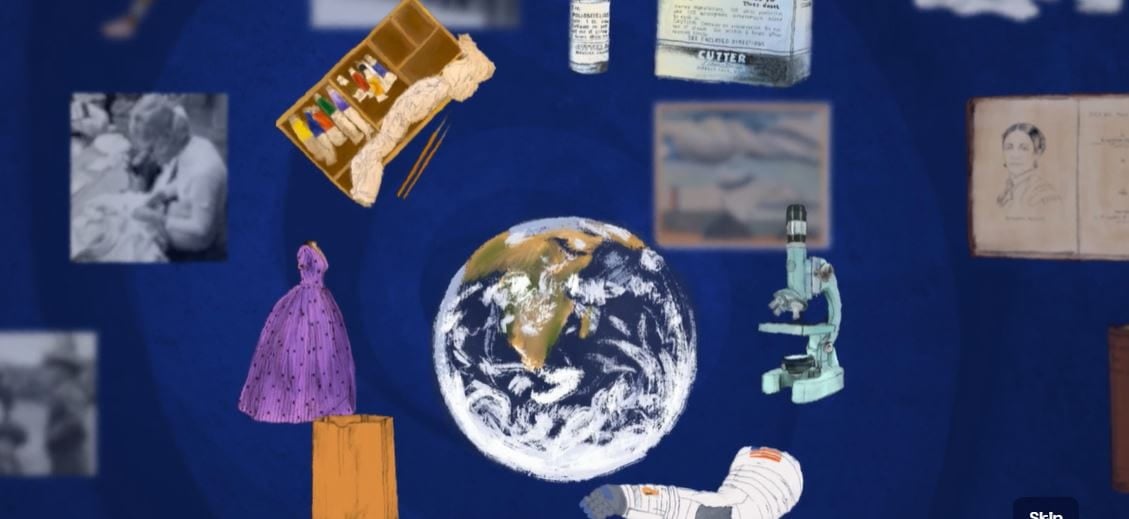Recursion Explained with Pizza (You’ll Never Forget It Again)
Imagine you’re at a pizza party, and someone hands you a giant pizza box. You open it, only to find… another pizza box inside. You open that one, and—surprise—there’s another box. This keeps going until you finally reach a tiny pizza slice. Sounds wild, right? That, my friend, is recursion in a nutshell. Let’s dig into this cheesy analogy to make recursion so intuitive that you’ll never forget it. Recursion is one of those coding concepts that can feel like a brain teaser at first. It’s when a function calls itself to solve a smaller version of the same problem. But instead of drowning in jargon, let’s break it down with pizza, a little humor, and some relatable vibes. By the end of this article, you’ll get recursion and crave a slice. What Is Recursion, Anyway? At its core, recursion is a problem-solving technique where a function tackles a big task by breaking it into smaller, identical tasks. Think of it as eating a massive pizza. You don’t shove the whole thing in your mouth (please don’t). You take one slice, then another, until it’s gone. Recursion works the same way: it chips away at a problem, piece by piece. Here’s the pizza party version: The problem: You need to find the pizza in a stack of nested pizza boxes. The recursive approach: Open a box. If there’s another box inside, open that one. Keep going until you find the pizza. This process has two key ingredients: 1- Base case: The moment you find the pizza (or an empty box, if the party’s a bust). 2- Recursive case: Opening a box to find another box, which you then open. Let’s make this crystal clear with a story. The Great Pizza Box Adventure Picture this: You’re starving at your friend’s house, and they hand you a pizza box with a grin. “The pizza’s in there,” they say. You open it, and instead of pepperoni perfection, there’s another box. You raise an eyebrow but open that one, too. Another box. This goes on, and you’re starting to wonder if this is a prank. Finally, after five boxes, you find a single, glorious slice of pizza. This is recursion in action. Each time you open a box, you’re solving a smaller version of the same problem: “Find the pizza.” You keep going until you hit the base case—the slice itself. If you wrote this as code, it might look like this in Python: def open_pizza_box(box): # Base case: you found the pizza if box == "pizza": print("Yum! Found the pizza!") return # Recursive case: there's another box print("Opening another box...") open_pizza_box(box - 1) # Open the next box In this code: The base case checks if you’ve found the pizza. The recursive case calls the function again with a smaller box (or fewer boxes). If you run this with, say, five boxes, it’s like opening each one until you hit the pizza. Let’s try it with a real example. A Tasty Example: Counting Pizza Slices Let’s say you’re now tasked with counting how many slices are in a pizza. But this is no ordinary pizza—it’s a recursive pizza. Each slice might contain another mini-pizza with its own slices. (Stay with me, it’s weird but fun.) Here’s how you’d count the slices recursively: Base case: If you find a single slice, count it as 1. Recursive case: If a slice contains a mini-pizza, count its slices and add them to the total. In code: def count_slices(pizza): # Base case: a single slice if isinstance(pizza, str) and pizza == "slice": return 1 # Recursive case: a pizza with more slices total = 0 for slice in pizza: total += count_slices(slice) return total # Example pizza: a pizza with 3 slices, one of which has a mini-pizza with 2 slices pizza = ["slice", "slice", ["slice", "slice"]] print(count_slices(pizza)) # Output: 5 This code checks each “slice.” If it’s a plain slice, it adds 1. If it’s a mini-pizza, it dives in and counts those slices. It’s like exploring every pizza box to tally up the goods. Why Pizza Makes Recursion Click The pizza analogy works because it’s tangible. You can feel the frustration of opening box after box, just like you might feel when debugging recursive code. But here’s why it’s unforgettable: It’s visual: You can picture the nested boxes or slices. It’s relatable: Who hasn’t dreamed of endless pizza? It’s simple: No need for math PhDs—just a love for food. Recursion isn’t just for pizza parties, though. It’s everywhere in coding: File systems: Navigating folders within folders. Tree structures: Think family trees or HTML elements nested in a webpage. Math problems: Like calculating factorials (e.g., 5! = 5 × 4 × 3 × 2 × 1). Common Pitfalls (Or When the Pizza Party Goes Wrong) Recursion can be tricky. Here are some “pizza party fails” to watch out for: 1- No base case: It’s like opening boxes forever—no pizza, just sadness. In code, this causes a stack overflow (crash). 2- Inefficient recursion: Imagine ordering a new pizza for

Imagine you’re at a pizza party, and someone hands you a giant pizza box. You open it, only to find… another pizza box inside. You open that one, and—surprise—there’s another box. This keeps going until you finally reach a tiny pizza slice. Sounds wild, right? That, my friend, is recursion in a nutshell. Let’s dig into this cheesy analogy to make recursion so intuitive that you’ll never forget it.
Recursion is one of those coding concepts that can feel like a brain teaser at first. It’s when a function calls itself to solve a smaller version of the same problem. But instead of drowning in jargon, let’s break it down with pizza, a little humor, and some relatable vibes. By the end of this article, you’ll get recursion and crave a slice.
What Is Recursion, Anyway?
At its core, recursion is a problem-solving technique where a function tackles a big task by breaking it into smaller, identical tasks. Think of it as eating a massive pizza. You don’t shove the whole thing in your mouth (please don’t). You take one slice, then another, until it’s gone. Recursion works the same way: it chips away at a problem, piece by piece.
Here’s the pizza party version:
The problem: You need to find the pizza in a stack of nested pizza boxes.
The recursive approach: Open a box. If there’s another box inside, open that one. Keep going until you find the pizza.
This process has two key ingredients:
1- Base case: The moment you find the pizza (or an empty box, if the party’s a bust).
2- Recursive case: Opening a box to find another box, which you then open.
Let’s make this crystal clear with a story.
The Great Pizza Box Adventure
Picture this: You’re starving at your friend’s house, and they hand you a pizza box with a grin. “The pizza’s in there,” they say. You open it, and instead of pepperoni perfection, there’s another box. You raise an eyebrow but open that one, too. Another box. This goes on, and you’re starting to wonder if this is a prank. Finally, after five boxes, you find a single, glorious slice of pizza.
This is recursion in action. Each time you open a box, you’re solving a smaller version of the same problem: “Find the pizza.” You keep going until you hit the base case—the slice itself. If you wrote this as code, it might look like this in Python:
def open_pizza_box(box):
# Base case: you found the pizza
if box == "pizza":
print("Yum! Found the pizza!")
return
# Recursive case: there's another box
print("Opening another box...")
open_pizza_box(box - 1) # Open the next box
In this code:
The base case checks if you’ve found the pizza.
The recursive case calls the function again with a smaller box (or fewer boxes).
If you run this with, say, five boxes, it’s like opening each one until you hit the pizza. Let’s try it with a real example.
A Tasty Example: Counting Pizza Slices
Let’s say you’re now tasked with counting how many slices are in a pizza. But this is no ordinary pizza—it’s a recursive pizza. Each slice might contain another mini-pizza with its own slices. (Stay with me, it’s weird but fun.)
Here’s how you’d count the slices recursively:
Base case: If you find a single slice, count it as 1.
Recursive case: If a slice contains a mini-pizza, count its slices and add them to the total.
In code:
def count_slices(pizza):
# Base case: a single slice
if isinstance(pizza, str) and pizza == "slice":
return 1
# Recursive case: a pizza with more slices
total = 0
for slice in pizza:
total += count_slices(slice)
return total
# Example pizza: a pizza with 3 slices, one of which has a mini-pizza with 2 slices
pizza = ["slice", "slice", ["slice", "slice"]]
print(count_slices(pizza)) # Output: 5
This code checks each “slice.” If it’s a plain slice, it adds 1. If it’s a mini-pizza, it dives in and counts those slices. It’s like exploring every pizza box to tally up the goods.
Why Pizza Makes Recursion Click
The pizza analogy works because it’s tangible. You can feel the frustration of opening box after box, just like you might feel when debugging recursive code. But here’s why it’s unforgettable:
It’s visual: You can picture the nested boxes or slices.
It’s relatable: Who hasn’t dreamed of endless pizza?
It’s simple: No need for math PhDs—just a love for food.
Recursion isn’t just for pizza parties, though. It’s everywhere in coding:
File systems: Navigating folders within folders.
Tree structures: Think family trees or HTML elements nested in a webpage.
Math problems: Like calculating factorials (e.g., 5! = 5 × 4 × 3 × 2 × 1).
Common Pitfalls (Or When the Pizza Party Goes Wrong)
Recursion can be tricky. Here are some “pizza party fails” to watch out for:
1- No base case: It’s like opening boxes forever—no pizza, just sadness. In code, this causes a stack overflow (crash).
2- Inefficient recursion: Imagine ordering a new pizza for every slice you eat. Some problems, like Fibonacci, can be slow if you recurse naively.
3- Deep recursion: Too many boxes can overwhelm your brain (or your computer’s memory).
To avoid these, always:
1- Define a clear base case.
2- Ensure each recursive call shrinks the problem.
3- Test with small inputs first (like a mini-pizza).
Real-World Recursive Pizza Magic
Let’s tie this to something practical. Ever used a search engine? Crawling the web is recursive. A crawler visits a webpage, finds links, visits those pages, finds more links, and so on. It’s like opening pizza boxes to find more boxes—until you hit the “pizza” (the data you want).
Or think about organizing a pizza party:
Task: Invite everyone in your friend group.
Recursive solution: Invite one friend, then ask them to invite their friends, and so on.
Base case: A friend with no one else to invite.
This is how recursion solves big problems by breaking them into bite-sized pieces.
Your Takeaway: Recursion Is Just Pizza Boxes
Next time you’re stumped by recursion, picture a stack of pizza boxes. Each one gets you closer to the pizza. You need:
A base case to know when you’re done (pizza found!).
A recursive case to keep opening boxes (call the function again).
It’s not magic—it’s just a clever way to nibble at a problem until it’s gone. So, whether you’re coding, eating pizza, or doing both, recursion is now your friend.
Hungry for More?
If this pizza party sparked your curiosity, here’s what to do next:
Try coding a recursive function (like a factorial or Fibonacci).
Explore recursion in your favorite language—Python, JavaScript, whatever.
Share this article with a friend who’s wrestling with recursion (and maybe order some pizza together).


































































